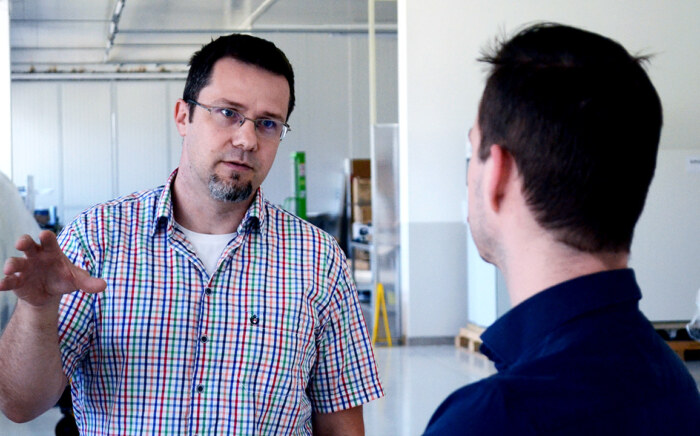Increasing separation efficiency by pH adjustment in Centrifugal Partition Chromatography
NewsEach year, millions of tons of agricultural, industrial, municipal and forest waste are generated around the world, and treating this waste is a major undertaking for both industries and governments. Recycling, recovering and reusing these materials with sustainable technologies is a more cost effective and green alternative than traditional waste treatments.
Centering your waste management strategy around centrifugal partition chromatography (CPC) can reduce raw material usage in manufacturing processes and the environmental impact of waste accumulation. This approach can also help you recover valuable compounds for use in nutraceuticals, cosmetics and pharmaceutics.
In earlier blog posts, we discussed the basics of CPC, solvent recycling and downstream processes. Now, let’s dive into how CPC can help you recycle low-value waste compounds and reuse them as useful components in higher-value chemical processes.
A prime target for waste valorization is hydroxytyrosol (HT), which is found in olive processing wastewater. As one of the main phenols found in olives, HT possesses a natural antioxidative and free radical scavenging activity that make it useful in preventing degenerative diseases. It has been shown that after adsorption resin treatment a pilot-scale CPC with a cyclohexane/ethyl-acetate/ethanol/water solvent system sorption resin can isolate the phenolic compounds and unlock 1.81 grams per hour per column volume productivity, efficiently recovering HT at a low cost.
As another example, CPC separation has been implemented to optimize and scale-up monosaccharide fractionation from hydrolyzed sugar beet pulp as an alternative to multiple resin chromatography. Sugar beet pulp mostly consists of cellulose and pectin, making it unfit as a gelling agent, and it is commonly dried and pelleted for use as an inexpensive animal feed. Due to its low cost, prevalence and high carbohydrate content, it can be fermented into bio-ethanol or hydrolyzed into monosaccharides — which can later be fractionated with a CPC after a thermo-chemical pretreatment.
A preparative-scale CPC run with an ethanol/ammonium sulfate solvent system have been implemented to optimize monosaccharide isolation and gain a final throughput of 1.9 grams per liter per hour when normalized by column volume. In another industrial application, integrating CPC purification into biorefinery processes allowed for purified arabinose to be converted into arabitol or other high-value compounds such as L-gluco-heptulose, a useful chemical in cancer therapy and hypoglycemia treatment.
CPC’s versatility and wide range of possible isolation, fractionation and purification applications make it a greener and sustainable alternative to conventional preparatory separation methods as well as a valuable method of waste treatment.
To learn more about CPC, visit our technology page.
Want to get in touch?
Fill in the form below so our representatives can contact you. We will also let you in on more information on our technology.



